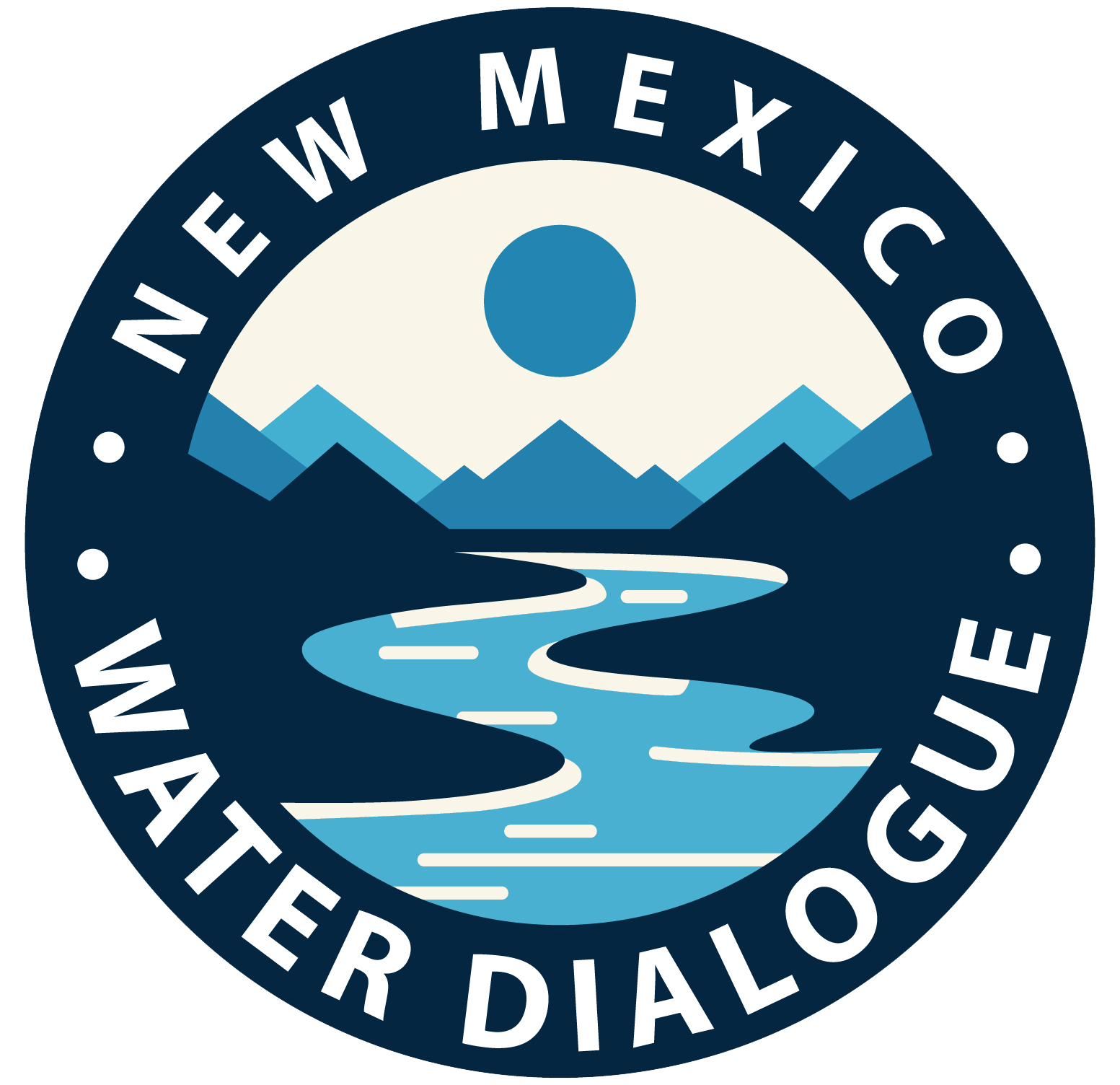With drought becoming more and more evident in the Land of Enchantment, water users and managers in New Mexico might have some tough decisions to make in the future without any help from Mother Nature. As long term drought persists and water supplies tighten, policymakers in New Mexico might have to think creatively to find flexibility when it comes to satisfying the thirsty needs of the state.
A simple, stylized representation of a complex trading and leasing system.
UNM Economics Professor David Brookshire and colleagues Vince Tidwell and Marissa Reno-Trujillo (Sandia National Labs), Don Coursey (University of Chicago) and Craig Broadbent (Illinois-Wesleyan University), have developed a project over the past 10 years that integrates the natural and physical setting of a river system into an economic market structure to test if water leasing markets or short term reallocation of water rights, is economically and hydrologically feasible.
The project was developed with help from SAHRA, U.S. Geological Survey, Science Impact Laboratory for Policy and Economics or SILPE and the Bureau of Reclamation through the Office of the State Engineer, have developed the project for several reasons.
“Given the difficulty of transferring permanent rights due to time and the hearings involved, and cultural issues associated with permanent transfers, the idea is to develop a water leasing institution that enables additional flexibility into the system in times of drought, in over allocated basins (or otherwise) and in a timely way,” Brookshire said. “The idea is institutionally driven by the State Water Plan calling for mechanism for ‘replacement water’ in times of call. The bottom line is the need for flexibility.”
To accomplish this goal, a system dynamics framework is employed to model the Rio Grande Basin between Cochiti and Elephant Butte Reservoirs in New Mexico. Using the tools of experimental economics, a market model is then coupled with this hydrologic model in five distinct stages.
- Stage 1: provided a stylized framework that allows researchers to address the feasibility of a water leasing market, testing if participants can handle the cognitive complexity of trading under different climatic scenarios
- Stage 2: included an extension of the stylized framework to include cash and capital crop farmers. Cash crop farmers were modeled to grow either hay or chile and could choose from 1–10 acres on one-acre intervals the amount of crop to be planted
- Stage 3: extended the stage 2 model to examine the use of a futures market to allow participants to hedge against water uncertainty. This model allowed for futures trading within a growing season and across growing seasons
- Stage 4: developed a medium resolution modeling to address the issue of third party impacts from trading within ditches and between ditches. Using a finer scale hydrologic model for the section of the Rio Grande located around Albuquerque, New Mexico water trading scenarios have been developed to discover if third party effects are present and the impact of these effects
- Stage 5: developed the Mimbres Basin water leasing market, a project developed in cooperation with the New Mexico Office of the State Engineer to create a real time leasing market for the basins users
“The whole idea began when many disciplines were brought together under SAHRA to see what we can do to address water issues,” Brookshire said. “As part of the defining agenda, it was obvious the whole system of appropriated rights is somewhat of a stumbling block. The senior water rights owners in the Mimbres are south or down river, while junior water rights owners are further up north. Markets are how people design them – some are good and some are bad.
“This scenario is called a double oral auction to buy and sell, the trade is consummated and both parties agree to the exchange for an agreed upon price. In other words, they voluntarily buy and sell water which yields a price path for that water. If water is traded, the surface and ground water models would calculate if the water is actually there, how much will arrive (consider evaporation losses) and whether or not there are third party effects.”
For Stage 5 in the Mimbres Basin, the idea involved junior water rights users potentially acquiring water rights from senior owners; again where the idea of flexibility is important.
“In the process, we asked stakeholders ‘what’s important’ for the market design,” Brookshire said. “We used experimental economics for all stages, which specially allowed us to test the conceptual frame for the Upper Mimbres Basin.”
Media Contact: Steve Carr (505) 277‑1821, email: scarr@unm.edu
